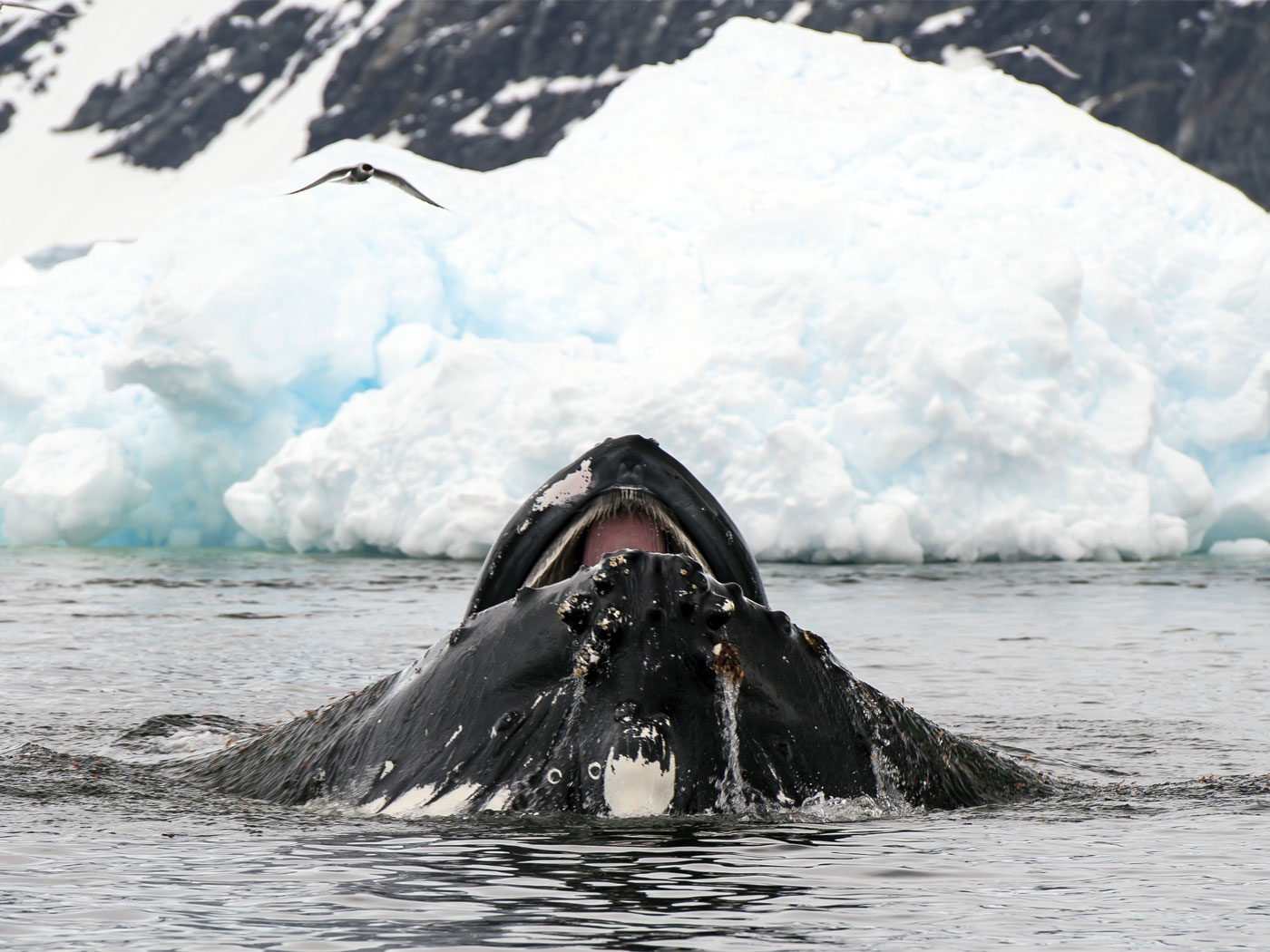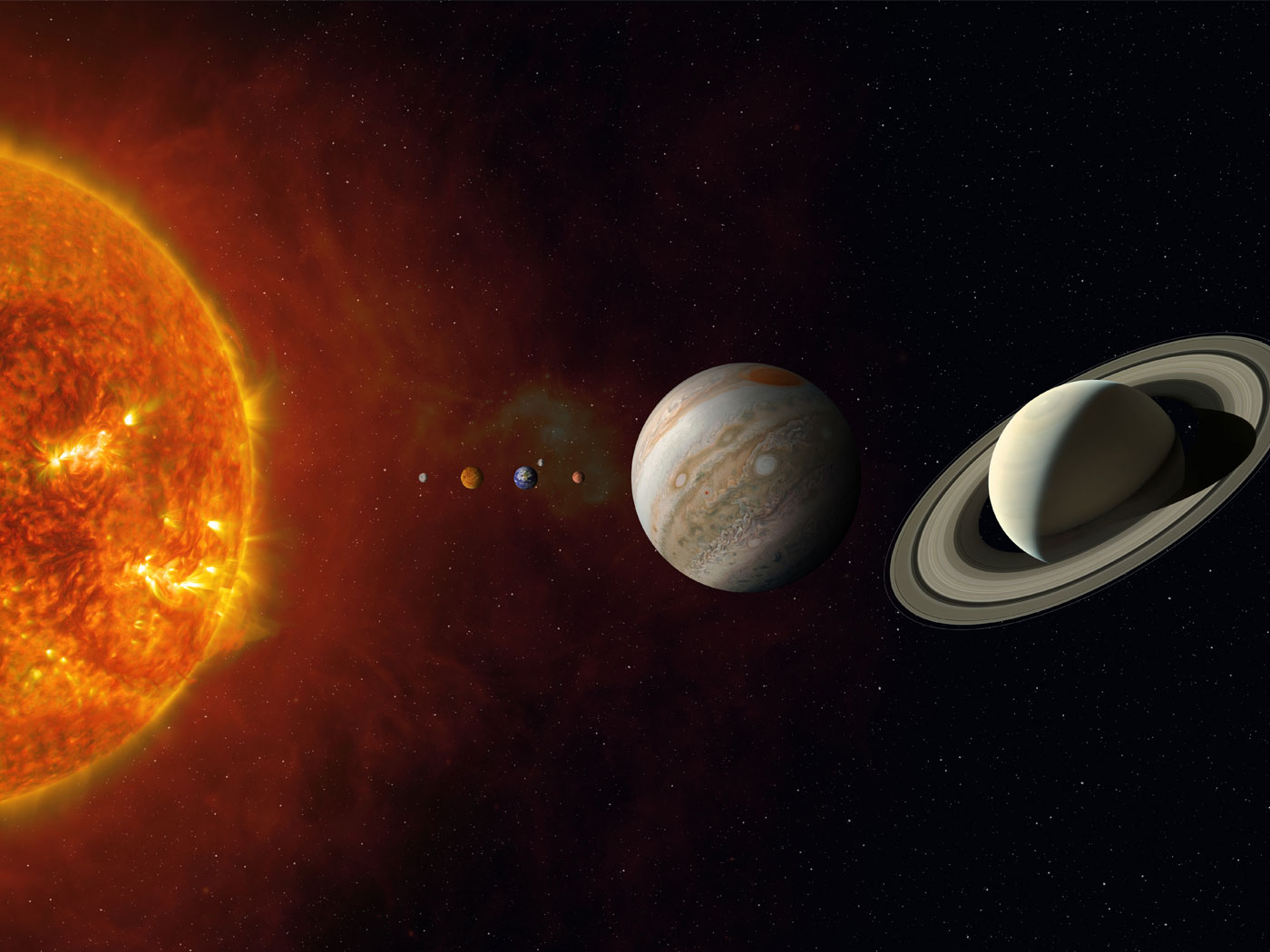Evolutionary scientists announced the discovery of primate fossils on Ellesmere Island, in one of the northernmost parts of Canada. The jaws and teeth of these lemur-like mammals were found in the Eocene (Lower Tertiary)2 Margaret Formation, with a supposed paleo-latitude of about 77 degrees, well north of the Arctic Circle.1 That creates a problem if true. It means these little 5-pound animals scurried around in about six months of darkness each year.3
Co-author of the study Christopher Beard, from the University of Kansas said,
If you think about their modern relatives, either primates or flying lemurs, these are among the most tropically adapted, warm-weather loving of all mammals, so they would be the about the last mammals you would expect to see up there, north of the Arctic Circle.3
The Margaret Formation has also yielded crocodiles, snakes, salamanders and tapir-like animals, creatures that thrive in hot climates.1,3 And conventional scientists claim that the early Eocene was a time of global greenhouse conditions, calling it the Early Eocene Climactic Optimum (EEOC). But the long periods of darkness still baffle them. They wrote:
The discovery of fossil plants and vertebrates in Eocene rocks on Ellesmere and Axel Heiberg islands in the Canadian Arctic Archipelago has profoundly impacted efforts to model ancient climates and assess the paleobiology and paleobiogeography of early Cenozoic vertebrates living at high latitudes. During the greenhouse conditions of the early Eocene, Ellesmere hosted a warm temperate ecosystem comparable to modern cypress swamps of the southeastern United States, in tandem with a polar light regime consisting of roughly six months of winter darkness.1
Reporting their results in the journal PLoS One, the team from the University of Kansas placed the newly discovered primate species into the genus Ignacius.1 Rather surprisingly, this same genus has been discovered in rocks of a similar depositional level, or slightly below, in Wyoming. The science team explained:
Furthermore, because multiple outgroups for the Arctic Ignacius clade [group] are known from mid-latitude regions of North America, we infer that Ignacius colonized Ellesmere from lower latitudes of North America rather than Europe, where only more distantly related paromomyids are known.1
Neither could the evolutionary scientists justify why some mammals thrived on Ellesmere Island while similar animals could not. They concluded, “The late early Eocene mammalian fauna of Ellesmere indicates that its unique paleoenvironment rendered it uninhabitable to some clades, including euprimates [crown primates], while selected taxa were able to adapt to its challenging conditions and diversify.”1
The discovery of this strange mix of fossils on Ellesmere Island has left the conventional scientists scratching their heads. But, what’s a better explanation for these apparent mysteries? The global Flood. It isn’t that these animals and plants lived at these extreme latitudes, they were merely buried there. In fact, Ellesmere Island was likely only about 45 degrees north latitude in the pre-Flood world, and not in six months of darkness each year.4 Rapid plate motion during the Flood moved Ellesmere Island to its present latitude.
The Ignacius fossils in Wyoming and on Ellesmere Island all probably existed together in mainland Canada while alive. ICR scientists determined that Canada was the highest ground in pre-Flood North America.4 As the Flood reached its peak on Day 150, it wiped off the animals and plants living on the highest hills and spread their remains both north and south to Ellesmere Island and Wyoming, respectively. They were transported and entombed on top of the dinosaur-bearing layers, buried a few days or weeks earlier in the Flood. These so-called Eocene rocks were deposited during the receding phase of the Flood as part of the Tejas Megasquence.4
This easily explains the presence of fossil crocodiles, salamanders, snakes and numerous mammals mixed together on Ellesmere Island. They didn’t live there during a period of time called the Eocene millions of years ago. They were transported there during the global Flood about 4500 years ago.
Deliberately forgetting about the historical accuracy of Genesis leads to great confusion and fictional stories. But God’s Word leads us to clarity and salvation through Jesus.
References
1. Miller, K., et al. 2023. Basal Primatomorpha colonized Ellesmere Island (Arctic Canada) during the hyperthermal conditions of the early Eocene climatic optimum. PLoS One 18(1): e0280114.2. The Eocene is in the Lower Tertiary and coincides with the Lower Tejas Megasequence which ICR’s science staff has demonstrated to be the receding phase of the global Flood.
3. Duke, C. “52 Million Years Ago, Strange Primates Lived in Complete Darkness in the Arctic.” LiveScience. Purch, January 25, 2023.
4. Clarey, T. 2020. Carved in Stone: Geological Evidence of the Worldwide Flood. Institute for Creation Research: Dallas, TX, pp. 152-193.
* Dr. Clarey is Director of Research at the Institute for Creation Research and earned his Ph.D. in geology from Western Michigan University.




















